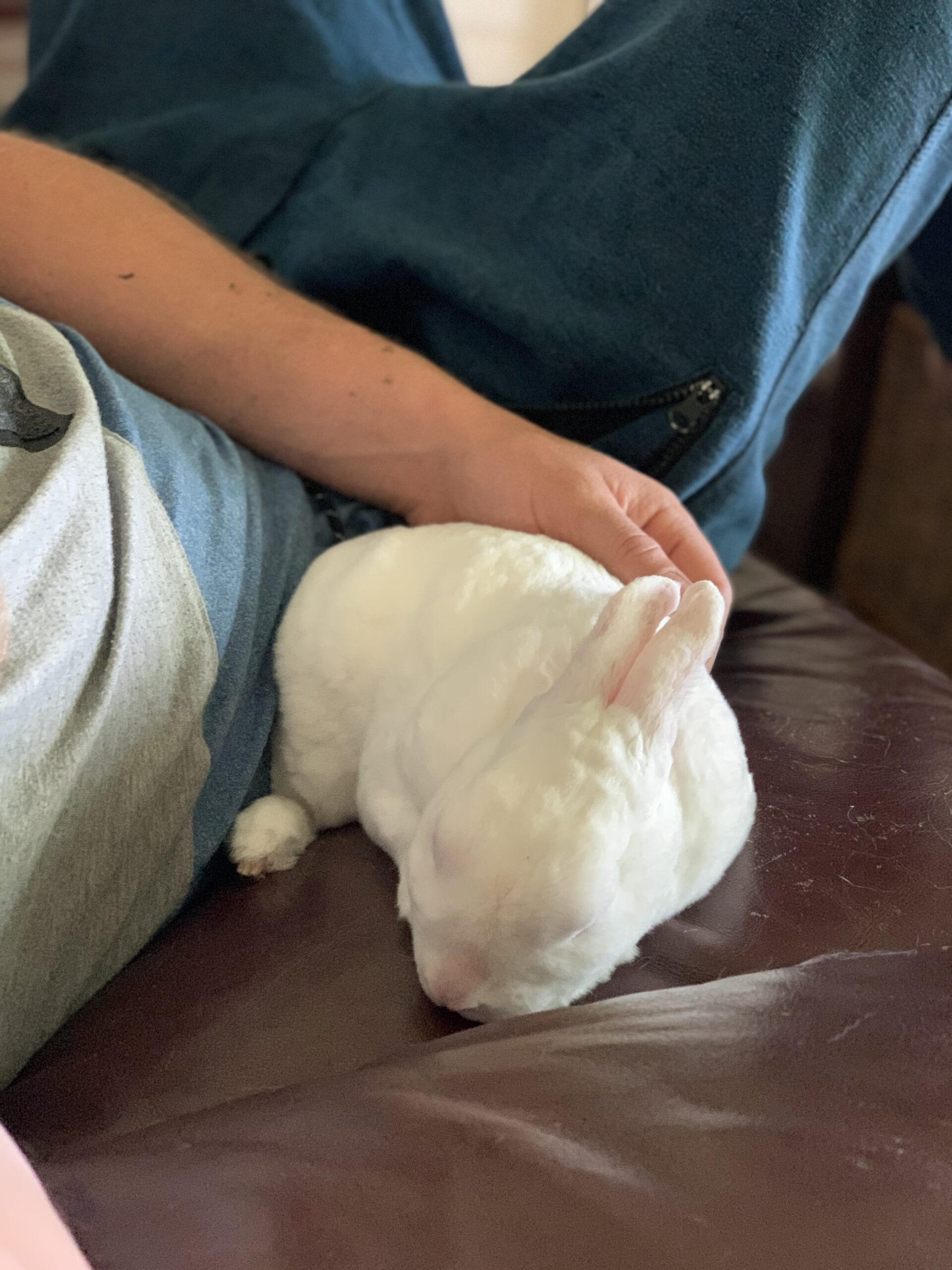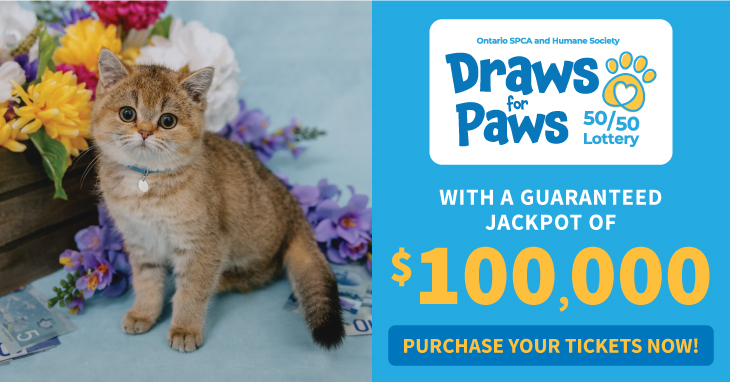Adopting a small animal
by Ontario SPCA and Humane Society | General Pet Care Pet Planning | January 25, 2024

Small animals also require their daily dose of fun and excitement outside of their enclosures to help keep them healthy and happy. However, outside playtime should be supervised and a in safely enclosed and pet-proofed area.
Rodent teeth grow continuously so it’s important to provide appropriate chew-safe toys and to put loose electrical wires or dangerous items out of reach. Below are some tips on creating fun and fabulous sports centres for your small furry family members!
Guinea pigs are gentle, social creatures who love to play
Good guinea pig games offer tunnels for chewing and playing in, such as paper towel and toilet paper rolls (slit up the side so they can’t get stuck inside) or “chubes” (often made of vegetable parchment).
Plastic balls designed for small animals provide additional entertainment, as well as non-toxic wooden toys, plastic spoons, and small stuffed animals. Let your guinea run around in a room in your house for extra exercise every day. An excited guinea pig makes a chorus of loud, happy whistles!
Hamsters enjoy evening workouts
Nocturnal by nature, hamsters love their evening workouts. Exercise wheels provide a great source of activity, combined with hammy chew toys, such as pieces of dog biscuit, or pesticide-free twigs from beech trees, maples, willows, hazelnut bushes, or fruit trees.
Cardboard boxes, toilet and paper towel rolls are also safe for hamsters to burrow in, chew on, and play with. Wooden ladders and branches fastened securely to the inside of the cage can help hamsters show off their climbing agility. Scattering food pellets into the cage is an easy source of stimulation.
Rats and mice enjoy tons of toys
Cardboard paper towel tubes make great tunnels; cardboard egg cartons are perfect for climbing and chewing; wooden blocks satisfy a rodent’s need to gnaw; and plastic or solid metal exercise wheels provide hours of fun (avoid wire versions). For a special rat hammock, tie a thick rope across the cage or use an old dish rag! Ladders and branches are also great toys, and don’t forget small balls (but no rubber ones). Make a mouse maze with paper towel tubes and boxes with entrance holes cut out. For a tempting treat, place a brown paper bag open and on its side!
Cool gerbil toys add spice to life
Great gerbil toys include overturned flowerpots, boxes, and cardboard tubes for exploring, as well as rocks and ladders for climbing and crawling. Keep in mind that gerbils can’t see very well, so watch your pet carefully so they don’t have accidents when outside their cage. Make sure your gerbil has a piece of log or wood that hasn’t been painted or treated with chemicals for their chewing pleasure.
Romping rabbits enjoy active fun
Rabbits enjoy things they can toss, roll, chew on and bat. Inexpensive toys can include paper towel or toilet paper rolls, wicker, hard plastic baby keys, cat toys that are solid balls, a log (that hasn’t been sprayed with paint or chemicals), or a fallen branch from an apple tree. Rabbit cages should offer some tempting diversions including wooden boxes or rocks they can get up on or go under. When the weather is nice, you can let your supervised rabbit play in your fenced backyard (make sure that pesticides and fertilizers have not been applied to the grass).
If a small animal is the right companion for you, visit ontariospca.ca/adopt to see animals available for adoption.
Categories
Testimonial
Wish to thank everyone involved
I wish to thank everyone involved in the care and rescue of animals, especially volunteers.
